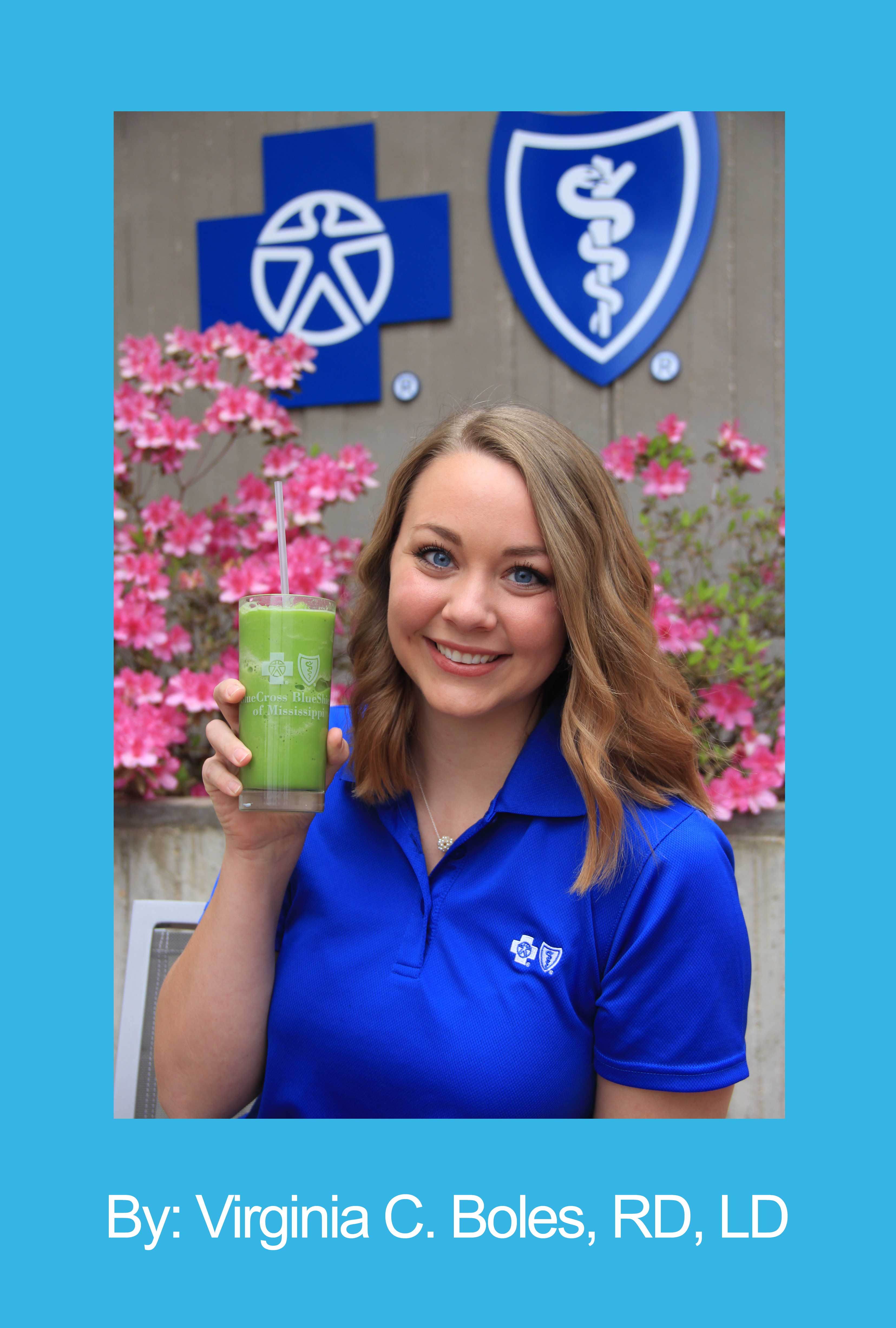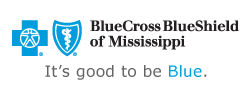Define "Healthy" With the Nutrition Label

Have you ever purchased a food because the marketing convinced you that it was a healthy choice? How can you know for sure that it’s healthy? The purpose of marketing is to convince you to buy something, but facts should guide your decision. March is National Nutrition Month, and we're going to explore why reading and understanding the nutrition facts label and ingredient list is the best way to know if a product is healthy.
Here are 5 tips to help you decipher all of that information on the label and make a healthy decision!
1. Skim the ingredient list.
The ingredient list reveals everything that is in the food product. The first few items are always the main ingredients. If you are unsure of an ingredient, look it up to determine what it is and why it is in the product. Some ingredients serve as preservatives, sweeteners, coloring, flavor and more.

2. Always look at serving size.
The serving size is how much you should eat at one time. If the serving size is 1 cup and you eat 2 cups, then you are getting double the amount of the nutrients (yes, fat and calories too) that is listed. Be aware of packaging used for foods commonly consumed all at once (i.e. chips, candy, sweets), that actually contain more than one serving in the package.
3. Find more fiber.
Fiber works wonders in our body. Fiber helps with weight management, lowering cholesterol, stabilizing blood sugars and digestion. You will find fiber mainly in whole grain or whole wheat products, fruits and vegetables.
4. Limit saturated fat, added sodium and added sugar.
Saturated fat raises cholesterol in the body. Saturated fat is mostly animal fat, but is found in many products and is indicated on the label. Choose foods with more unsaturated fats, like mono and poly unsaturated fats, which are good for the heart and for lowering cholesterol.
Too much sodium can raise blood pressure. Sodium is added to foods for flavor and is a common preservative in foods. Someone with high blood pressure should have less than 1500 mg of sodium a day while those without high blood pressure should have less than 2300 mg in a day. Keep this number in mind when comparing food labels at the grocery store.
Added sugars include any sugar that is added to the already occurring natural sugars in foods. Added sugars provide no health benefits and can increase your weight and blood sugar levels. You will find a lot of added sugar in baked goods, pastries, pies, fruit juices, sugary beverages and more. Look out for added sugar in products that are not even considered “sweet.”
5. Choose more vitamins and minerals.
Vitamins and minerals help our bodies function properly. Being deficient in one or more of these nutrients can have an effect on our body’s ability to function. Some foods are fortified with vitamins and minerals, which is good! Always look for foods to be rich in a variety of vitamins and minerals, such as vitamin C, iron, potassium, vitamin A, calcium and more! One way to be sure to get many nutrients is to eat a variety of healthy foods that are minimally processed.
Simply put, you can easily see if you’re getting the bang for your nutrition buck by checking out the nutrition facts label. Give it a try today!




 Women's Health
Women's Health Eat Healthy
Eat Healthy Exercise
Exercise Health & Wellness Articles
Health & Wellness Articles